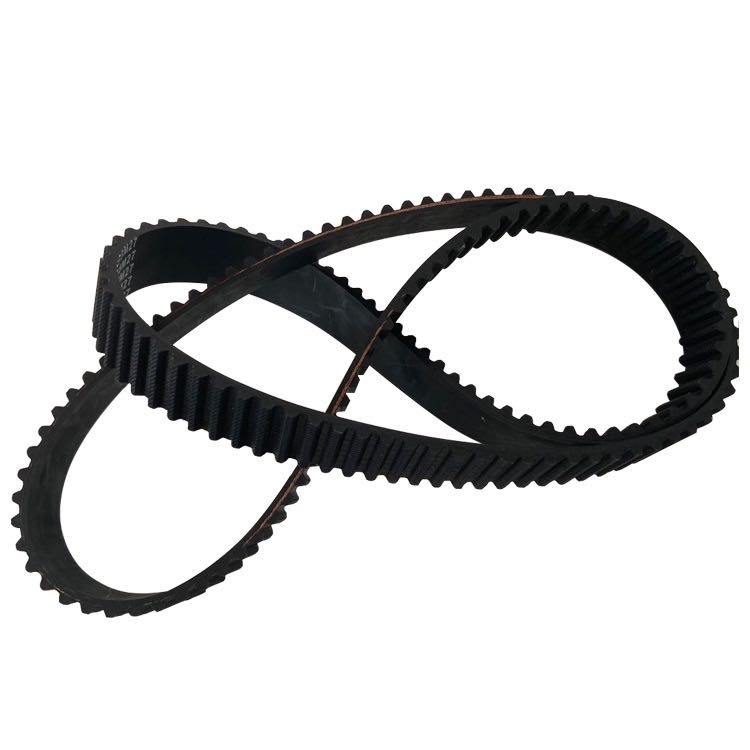- Arabic
- French
- Russian
- Spanish
- Portuguese
- Turkish
- Armenian
- English
- Albanian
- Amharic
- Azerbaijani
- Basque
- Belarusian
- Bengali
- Bosnian
- Bulgarian
- Catalan
- Cebuano
- Corsican
- Croatian
- Czech
- Danish
- Dutch
- Afrikaans
- Esperanto
- Estonian
- Finnish
- Frisian
- Galician
- Georgian
- German
- Greek
- Gujarati
- Haitian Creole
- hausa
- hawaiian
- Hebrew
- Hindi
- Miao
- Hungarian
- Icelandic
- igbo
- Indonesian
- irish
- Italian
- Japanese
- Javanese
- Kannada
- kazakh
- Khmer
- Rwandese
- Korean
- Kurdish
- Kyrgyz
- Lao
- Latin
- Latvian
- Lithuanian
- Luxembourgish
- Macedonian
- Malgashi
- Malay
- Malayalam
- Maltese
- Maori
- Marathi
- Mongolian
- Myanmar
- Nepali
- Norwegian
- Norwegian
- Occitan
- Pashto
- Persian
- Polish
- Punjabi
- Romanian
- Samoan
- Scottish Gaelic
- Serbian
- Sesotho
- Shona
- Sindhi
- Sinhala
- Slovak
- Slovenian
- Somali
- Sundanese
- Swahili
- Swedish
- Tagalog
- Tajik
- Tamil
- Tatar
- Telugu
- Thai
- Turkmen
- Ukrainian
- Urdu
- Uighur
- Uzbek
- Vietnamese
- Welsh
- Bantu
- Yiddish
- Yoruba
- Zulu
Gru . 26, 2024 00:20 Back to list
pu timing belt
Understanding PU Timing Belts An Overview
In the world of mechanical engineering and automotive design, timing belts are crucial components that ensure the smooth operation of machinery and vehicle engines. Among the various types of timing belts available in the market, polyurethane (PU) timing belts have gained significant attention due to their unique properties and advantages. This article will delve into the characteristics, applications, and benefits of PU timing belts, as well as the reasons why they are becoming a preferred choice for many industries.
What is a PU Timing Belt?
A PU timing belt is a type of synchronous belt made from polyurethane material. Unlike traditional rubber timing belts, PU timing belts offer enhanced durability and performance characteristics. They are designed to transmit motion efficiently and accurately between rotating shafts, maintaining precise timing and synchronization in mechanical systems. Their structure typically consists of a reinforced core, which adds strength and reduces the risk of stretching or deformation during operation.
Advantages of PU Timing Belts
1. Durability One of the standout features of PU timing belts is their exceptional resistance to wear and tear. Polyurethane is known for its high tensile strength and ability to withstand harsh conditions, making it ideal for use in demanding environments. This durability extends the service life of the belt, reducing the need for frequent replacements and maintenance.
2. Chemical Resistance PU timing belts exhibit superior resistance to oils, solvents, and various chemicals. This makes them particularly suitable for applications in industries such as food processing, pharmaceuticals, and chemical manufacturing, where exposure to harsh substances is common.
3. Temperature Tolerance Polyurethane can maintain its performance in a wider temperature range compared to traditional rubber belts. PU timing belts can typically operate effectively in temperatures ranging from -30°C to 80°C (-22°F to 176°F). This versatility allows them to be employed in environments with temperature fluctuations or extreme conditions.
4. Low Noise Operation One of the significant advantages of PU timing belts is their ability to operate with minimal noise. This is especially beneficial in applications where noise reduction is a priority, such as in high-precision machinery and automotive engines.
pu timing belt

5. Lightweight PU timing belts are generally lighter than their rubber counterparts, which can contribute to overall system efficiency. The reduced weight can lead to lower energy consumption and improved performance in various applications.
Applications of PU Timing Belts
PU timing belts find applications across a wide range of industries due to their unique properties. Some of the most common applications include
- Automotive Industry In vehicles, PU timing belts are used in engine timing systems, where precise synchronization is critical for optimal performance. Their durability and temperature resistance make them suitable for both high-performance and standard engines.
- Industrial Machinery PU timing belts are widely used in conveyor systems, packaging machinery, and various types of industrial equipment. Their ability to handle heavy loads and operate in abrasive environments makes them a preferred choice for manufacturers.
- Robotics In the field of robotics, PU timing belts are used in actuators and servo systems, where accurate movement and positioning are essential. Their lightweight nature helps in creating more agile robotic systems.
- Food Processing The food industry benefits from PU timing belts due to their chemical resistance and ease of cleaning. They can be used in food conveyors, slicers, and packaging lines without jeopardizing hygiene standards.
Conclusion
In conclusion, PU timing belts represent a significant advancement in the realm of mechanical components, offering a plethora of advantages over traditional materials. Their durability, chemical resistance, temperature tolerance, and low noise operation make them a superior choice for many applications across various industries. As technology continues to evolve, the demand for efficient and reliable mechanical components will grow, further solidifying the position of PU timing belts in the market. Whether in automotive engineering, industrial machinery, or robotics, PU timing belts are likely to play a vital role in shaping the future of mechanical design and performance.
-
Korean Auto Parts Timing Belt 24312-37500 For Hyundai/Kia
NewsMar.07,2025
-
7PK2300 90916-T2024 RIBBED BELT POLY V BELT PK BELT
NewsMar.07,2025
-
Chinese Auto Belt Factory 310-2M-22 For BMW/Mercedes-Benz
NewsMar.07,2025
-
Chinese Auto Belt Factory 310-2M-22 For BMW/Mercedes-Benz
NewsMar.07,2025
-
90916-02660 PK Belt 6PK1680 For Toyota
NewsMar.07,2025
-
drive belt serpentine belt
NewsMar.07,2025

